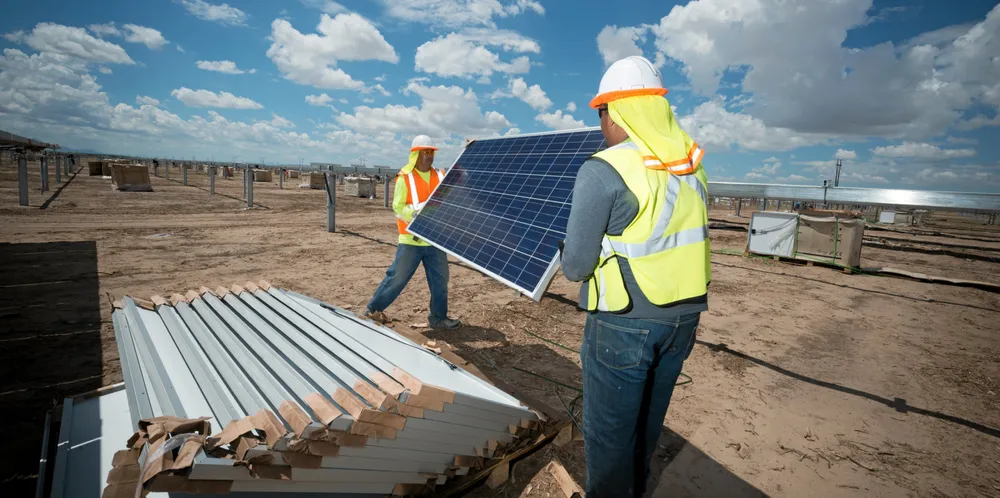Solar could power 'all American homes by 2035', finds landmark US government report
Department of Energy study sees 'cheapest and fastest-growing source of clean-energy' providing at 44% of the nation's electricity by mid-century and creating 1.5 million jobs
